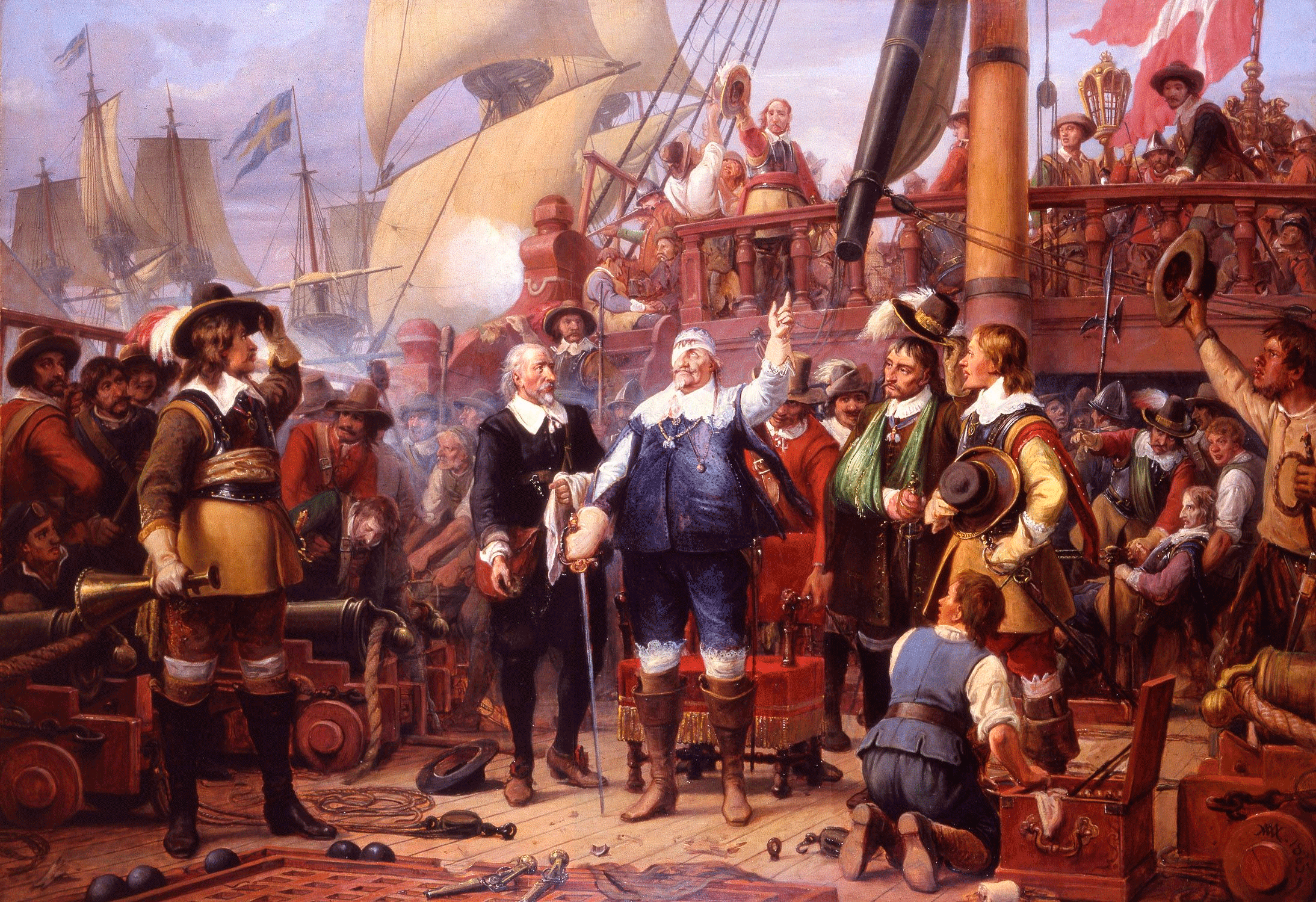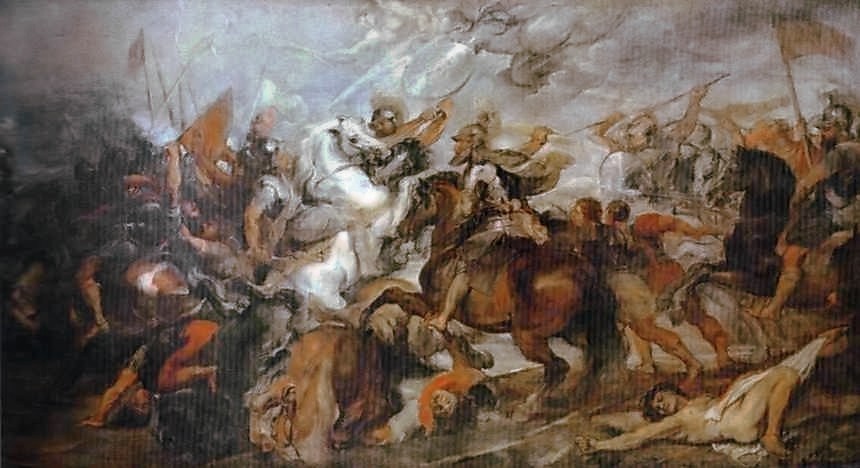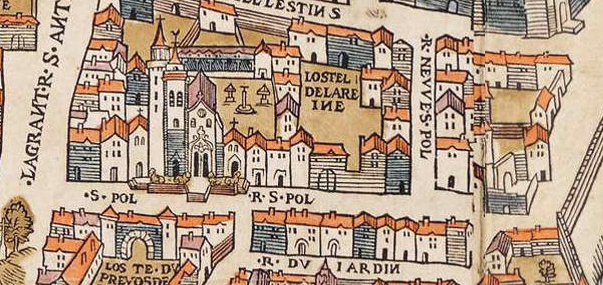|
François Derand
François Derand (born between 1588 and 1591, Vic-sur-Seille; died 29 October 1644, Agde) was a French Jesuit architect. Life After studying for the noviciate in Rouen, then at the Jesuit college in La Flèche (where he taught maths for two years), he was ordained a priest in 1621 and entered the Society of Jesus. Initially he lived in Rouen then Rennes, where he was consulted on the work to rebuild the Cathédrale Sainte-Croix d'Orléans. In 1629, he moved to complete the Église Saint-Paul-Saint-Louis, begun by Étienne Martellange. He also took part in several other works - the altarpiece of Laval and the high altar of the Jesuit church at La Flèche. In 1643 he published 'L’architecture des voûtes', a treatise on stereotomy that is considered his masterwork. He was summoned to Agde the same year and died there in 1644. He was buried in the Jesuit college at Béziers.Pérouse de Montclos 2009. Notes Sources * Babelon, Jean-Pierre (1996)"Derand, Père François" vol. 8, p ... [...More Info...] [...Related Items...] OR: [Wikipedia] [Google] [Baidu] |
Vic-sur-Seille
Vic-sur-Seille (, literally ''Vic on Seille''; ) is a commune in the Moselle department in Grand Est in north-eastern France. People It was the birthplace of Georges de La Tour. Art museum The art museum of Vic-sur-Seille, in French ', was created in 1996. Its most famous work is ''Saint John the Baptist in the desert'', by Georges de La Tour. Its collections include 17th century paintings by Jacques de LГ©tin, Jacques Blanchard, Cesare Dandini, Domenichino, Meiffren Conte, Charles Le Brun, Matthieu Le Nain, Madeleine Boullogne, Jacques Stella, 18th century landscapes and paintings by Sebastiano Ricci, Pierre-Henri de Valenciennes, Jan Frans van Bloemen, Jean-Bernard Restout, Joseph-Marie Vien, and 19th century and beginning of the 20th century paintings by Camille Corot, Paul Baudry, EugГЁne Isabey, Paul Delaroche, LГ©on Bonnat. See also *Communes of the Moselle department *Parc naturel rГ©gional de Lorraine Lorraine Regional Natural Park ( French: ''Parc na ... [...More Info...] [...Related Items...] OR: [Wikipedia] [Google] [Baidu] |
Laval, Mayenne
Laval () is a town in western France, about west-southwest of Paris, and the capital of the Mayenne departments of France, department. Its inhabitants are called ''Lavallois''. The commune of France, commune of Laval proper, without the metropolitan area, is the 7th most populous in the Pays de la Loire region and the 132nd in France.TГ©lГ©chargement du fichier d'ensemble des populations lГ©gales en 2017 Institut national de la statistique et des Г©tudes Г©conomiques, INSEE A part of the traditional provinces of France, province of Maine (province), Maine before the French Revolution, which now split between two departments, Mayenne and Sarthe, Laval also lies on the threshold of Brittany and is not far from Normandy and County of Anjou, Anjou. It was thus ... [...More Info...] [...Related Items...] OR: [Wikipedia] [Google] [Baidu] |
17th-century French Jesuits
The 17th century lasted from January 1, 1601 (represented by the Roman numerals MDCI), to December 31, 1700 (MDCC). It falls into the early modern period of Europe and in that continent (whose impact on the world was increasing) was characterized by the Baroque cultural movement, the latter part of the Spanish Golden Age, the Dutch Golden Age, the French ''Grand SiГЁcle'' dominated by Louis XIV, the Scientific Revolution, the world's first public company and megacorporation known as the Dutch East India Company, and according to some historians, the General Crisis. From the mid-17th century, European politics were increasingly dominated by the Kingdom of France of Louis XIV, where royal power was solidified domestically in the civil war of the Fronde. The semi-feudal territorial French nobility was weakened and subjugated to the power of an absolute monarchy through the reinvention of the Palace of Versailles from a hunting lodge to a gilded prison, in which a greatly expanded ro ... [...More Info...] [...Related Items...] OR: [Wikipedia] [Google] [Baidu] |
1644 Deaths
It is one of eight years (CE) to contain each Roman numeral once (1000(M)+500(D)+100(C)+(-10(X)+50(L))+(-1(I)+5(V)) = 1644). Events January–March * January 22 – The Royalist Oxford Parliament is first assembled by King Charles I of England. * January 26 – First English Civil War: Battle of Nantwich – The Parliamentarians defeat the Royalists, allowing them to end the 6-week siege of the Cheshire town. * January 30 **Dutch explorer Abel Tasman departs from Batavia in the Dutch East Indies (modern-day Jakarta in Indonesia) on his second major expedition for the Dutch East India Company, to map the north coast of Australia. Tasman commands three ships, ''Limmen'', ''Zeemeeuw'' and ''Braek'', and returns to Batavia at the beginning of August with no major discoveries. ** Battle of OchmatГіw: Polish–Lithuanian Commonwealth forces under hetman StanisЕ‚aw Koniecpolski secure a substantial victory over the horde of Crimean Tatars under Tugay Be ... [...More Info...] [...Related Items...] OR: [Wikipedia] [Google] [Baidu] |
1590 Births
Events January–March * January 6 – GarcГa Hurtado de Mendoza becomes the new Viceroy of Peru (nominally including most of South America except for Brazil). He will serve until 1596. * January 10 – Construction of the Fortezza Nuova around the city of Livorno begins in Italy in the Grand Duchy of Tuscany on the orders of Ferdinando I de' Medici, Grand Duke of Tuscany and continues for more than 14 years. * January 25 – Luis de Velasco y Castilla, Marquess of Salinas, becomes the new Viceroy of New Spain, a colony comprising most of Central America, Mexico and what is now a large part of the southwestern United States. Velasco will govern until 1595, and then again from 1607 to 1611. * February 3 – Peter Ernst I von Mansfeld-Vorderort, the German-born commander of the Spanish Imperial Army captures the German fortress of Rheinberg after a four-year long siege during the Eighty Years' War. * March 4 – Maurice of Nassau, Prince of ... [...More Info...] [...Related Items...] OR: [Wikipedia] [Google] [Baidu] |
The Dictionary Of Art
''Grove Art Online'' is the online edition of ''The Dictionary of Art'', often referred to as the ''Grove Dictionary of Art'', and part of Oxford Art Online, an internet gateway to online art reference publications of Oxford University Press, which also includes the online version of the ''Benezit Dictionary of Artists''. It is a large encyclopedia of art, previously a 34-volume printed encyclopedia first published by Grove in 1996 in art, 1996 and reprinted with minor corrections in 1998. A new edition was published in 2003 by Oxford University Press. Scope Written by 6,700 experts from around the world, its 32,600 pages cover over 45,000 topics about art, artists, art critics, art collectors, or anything else connected to the world of art. According to ''The New York Times Book Review'' it is the "most ambitious art-publishing venture of the late 20th century". Almost half the content covers non-Western subjects, and contributors hail from 120 countries. Topics range from Jul ... [...More Info...] [...Related Items...] OR: [Wikipedia] [Google] [Baidu] |
BГ©ziers
BГ©ziers (; ) is a city in southern France. It is a Subprefectures in France, subprefecture of the HГ©rault Departments of France, department in the Occitania (administrative region), Occitanie Regions of France, region. Every August BГ©ziers hosts the famous ''Feria de BГ©ziers'', which is centred on bullfighting. A million visitors are attracted to the five-day event. The town is located on a small Cliff, bluff above the river Orb (river), Orb, about from the Mediterranean Sea, Mediterranean coast and southwest of Montpellier. At BГ©ziers, the Canal du Midi passes over the river Orb by means of the ''Orb Aqueduct, Pont-canal de l'Orb'', an Navigable aqueduct, aqueduct claimed to be the first of its kind. History BГ©ziers is one of the oldest cities in France. Research published in March 2013 shows that the Greek colonisation, ancient Greek colony of BГ©ziers dates from 575 BCE, making it older than Agde (Greek Agathe Tyche, founded in 525 BCE) and slightly younger ... [...More Info...] [...Related Items...] OR: [Wikipedia] [Google] [Baidu] |
Stereotomy (Descriptive Geometry)
Stereotomy (Greek: ПѓП„ОµПЃОµПЊП‚ (''stereГіs'') "solid" and П„ОїОјО® (''tomД“'') "cut ") is the art and science of cutting three-dimensional solids into particular shapes. Typically this involves materials such as stone or wood which is cut to be assembled into complex structures (wall, vault, arch, etc.). In practice, the engineer makes a drawing of the intended stonework, showing where the joints in the face are to be located, and the stone cutter then details each block and cuts it to fit exactly with the others. Stereotomy and descriptive geometry Stereotomy is strongly associated with stonecutting and has a very long history. Descriptive geometry can be considered as an evolution of streotomy. In technical drawing stereotomy is sometimes referred to as descriptive geometry Descriptive geometry is the branch of geometry which allows the representation of three-dimensional objects in two dimensions by using a specific set of procedures. The resulting techniques are imp ... [...More Info...] [...Related Items...] OR: [Wikipedia] [Google] [Baidu] |
Г‰tienne Martellange
Étienne Martellange (22 December 1569 – 3 October 1641) was a French Jesuit architect and draftsman. He travelled widely in France as an architect for the Jesuit order and designed more than 25 buildings, mostly schools and their associated chapels or churches. His buildings reflect the Baroque style of the Counter-Reformation and include the Chapelle de la Trinité in Lyon and the church of Saint-Paul-Saint-Louis in Paris. In the course of his travels he made almost 200 detailed pen drawings depicting views of towns, buildings and monuments. These pictures have survived and provide an important historical record of French towns in the first third of the 17th century. Life Martellange was born in Lyon on 22 December 1569. His father, also named Étienne Martellange, was a well-known painter in the town. Martellange had two brothers, Bernoît and Olivier, who both became Jesuits. Almost nothing is known about his early life. Although it was once believed that he may have spent ... [...More Info...] [...Related Items...] OR: [Wikipedia] [Google] [Baidu] |
Agde
Agde (; ) is a commune in the southern French department of HГ©rault. It is the Mediterranean port of the Canal du Midi. It is situated on an ancient basalt volcano, hence the name "Black Pearl of the MediterranГ©e". Location Agde is located on the HГ©rault river, from the Mediterranean Sea, and from Paris. The Canal du Midi connects to the HГ©rault river at the Agde Round Lock ("L'Г‰cluse Ronde d'Agde") just north of Agde, and the HГ©rault flows into the Mediterranean at . Agde station has high-speed rail direct connections northbound to Paris, Lille, Geneva, southbound to Perpignan as well as Spain. Agde has regional services to Narbonne, Montpellier, Nimes and Avignon. History Foundation Agde (525 BCE) is one of the oldest towns in France, after BГ©ziers (575 BCE) and Marseille (Massilia; 600 BCE). Agde ('' Agathe Tyche'', "good fortune") was a 5th-century BCE Greek colony settled by Phocaeans from Massilia. 2,500 years ago, the HГ©rault river had three arms ... [...More Info...] [...Related Items...] OR: [Wikipedia] [Google] [Baidu] |
Г‰glise Saint-Paul-Saint-Louis
The Église Saint-Paul-Saint-Louis () is a church on rue Saint-Antoine in the Marais quarter of Paris. The present building was constructed from 1627 to 1641 by the Jesuit architects Étienne and François Derand, on the orders of Louis XIII of France. It was the first church in Paris to break away entirely from the Gothic style and to use the new Baroque style of the Jesuits, and it had an important influence on Parisian religious architecture. It gives its name to Place Saint-Paul and its nearest Metro station, Saint-Paul. Next door to the church is the Lycée Charlemagne, also founded by the Jesuits. History First church The first church on the site, Saint-Paul-des-Champs, was dedicated around 1125, when the neighbourhood first became a parish. It was dedicated to Paul the Hermit, a Christian monk in Egypt in the 3rd-4th century. Madame de Sévigné was baptised in the old church in 1626, in the first chapel of Saint-Louis. The chemist Antoine Lavoisier was an important ... [...More Info...] [...Related Items...] OR: [Wikipedia] [Google] [Baidu] |







